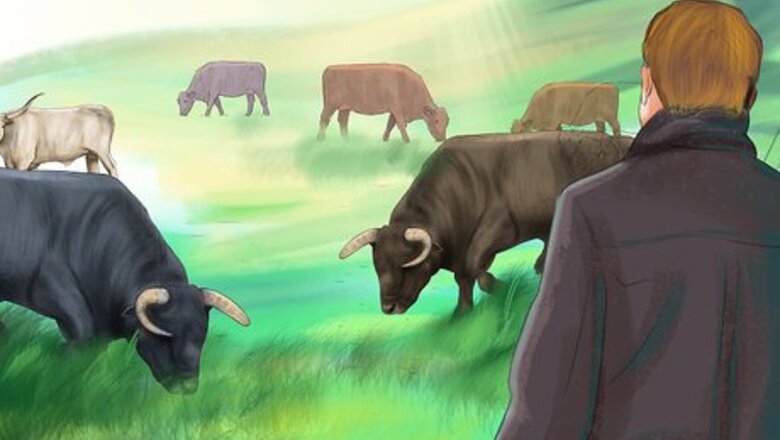
views
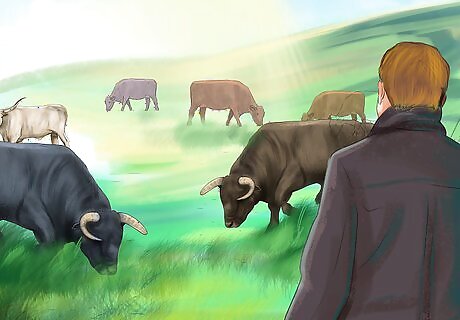
Fit him with a nose ring. If your bull doesn't already have a nose ring, contact an experienced livestock veterinarian to add one. Handle the bull using a bull staff, a pole that snaps onto the nose ring and gives you more control and safety. Optionally, you can use a lead; however, bull staffs give you more control and are recommended, especially for dominant bulls.
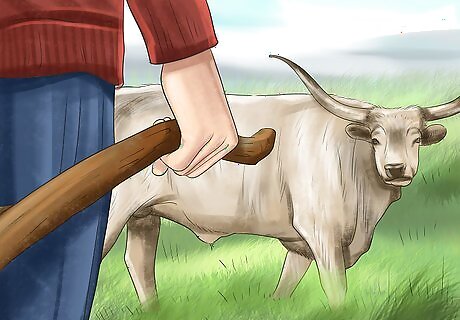
Establish your position as the boss. Stay calm and assertive at all times, and never hesitate. As with most animals, a bluff of dominance and superior strength can result in the bull regarding you as the leader; this must begin when the bull is young. Never engage in play with a young bull; this will encourage a belief of superior dominance. If your bull exhibits signs of dominance, seriously consider the most safe and responsible choice of selling him to a more experienced handler. Signs of dominance in bulls include: Head butting/shaking; rubbing his head on the ground. Pawing the ground. Showing his side. Staring directly at you.
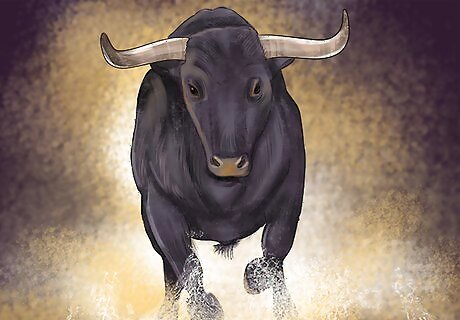
Never treat an aggressive bull as a pet. Most bulls do not make good pets, and should never be considered as such. Recognize that by taking responsibility of an aggressive bull, you are dealing with an animal that is ten times your size and a hundred times your strength. Bulls may grow to behave compliantly, especially if these steps are taken, but this does not, under any circumstances, mean he is less likely to attack (and subsequently possibly kill) you.
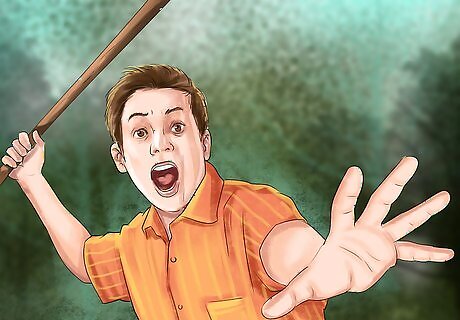
Be safe. Never turn your back on a bull, and always carry a means of protection - examples are an axe handle, piece of PVC pipe, baseball bat, or a sorting paddle (with beads that make noise when the paddle is used). When feeding, feed from the other side of the fence; feed can inspire dominant behavior. Always be aware of exits when handling bulls!
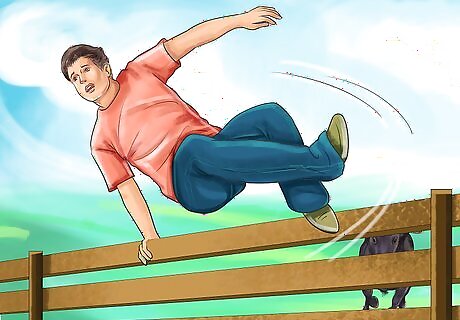
Have correct fencing. If bulls are trained to recognize electric fencing, two-strand electric fences can work. However, a more durable fence would likely be one with 2 ⁄2 inch (6.4 cm) pipe rails or 2x6 planks. Consider using electric fences in more isolated areas, and a durable fence for places where the bull getting loose would cause more damage. Exits should be easily available and well-maintained.




















Comments
0 comment